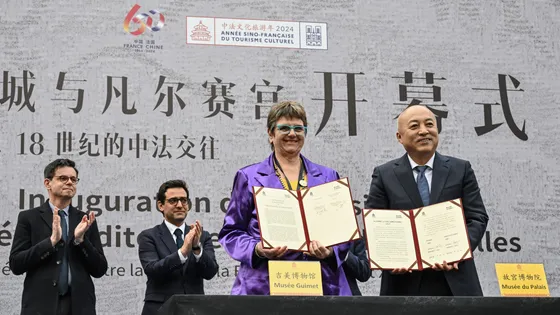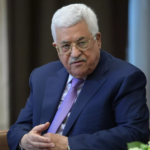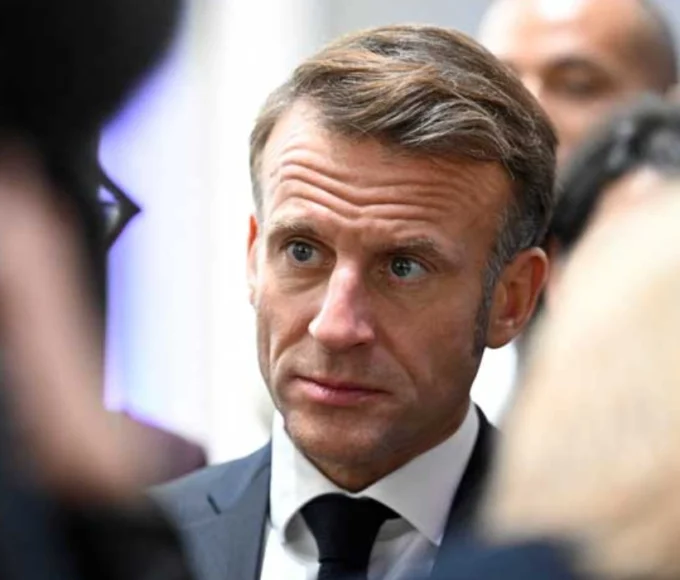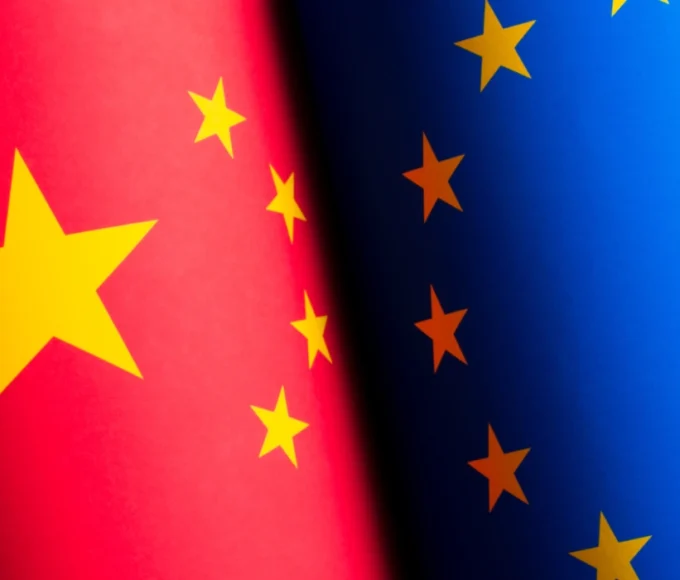The Guimet Museum is the Louvre of Asia. The works exhibited there are as numerous as they are important. Founded by Émile Guimet in Lyon in the 1930s, the museum moved to Paris following the universal exhibitions. “At the time, the art market was in Paris and attracted collectors, dealers and encouraged the development of museums,” says Yannick Lintz, president of the museum.
Looking for funding
“It is the Louvre of Asia, but for all that, it is not the Louvre in terms of attendance figures,” recalls the former director of the Islamic Arts department of the famous museum. The Guimet ticket office is far from covering the necessary resources. Faced with this reality, Yannick Lintz is inspired by foreign museums. “This French model of the state-subsidized museum had to evolve if the museum wanted to meet its ambitions and the expectations of our time on Asia. It is my responsibility to raise funds and to bring this money together with private participation.” Advertising
However, she explains, it is important to diversify income to avoid the lobbying effect linked to the financial source. According to Yannick Lintz, if the museum benefits from philanthropy, it is above all thanks to its brand. Indeed, the museum represents the showcase of Asia in Europe, consolidating the links between these two regions of the world.
At the heart of color, the new porcelain exhibition
In this case, Richard Kahn, a passionate collector, lent most of the works present in the new exhibition “at the heart of color” presenting porcelain from the 8th to the 18th century, classified by color. “Thanks to him, we were able to acquire one of the most beautiful examples of blue and white porcelain from the 12th century” says the president. This new attraction is “a challenge of simplicity” according to her, however, these small fragile objects carry a rich history:
“These colors, a priori very simple and very pure, hide a complexity and each time a technological miracle. These ceramics, these porcelains, were intended for the emperor. We are lucky to bring them together until mid-September at the Guimet museum.”
Art and culture: a field of dialogue
The heart of the museum also collects civilizational treasures such as the site of Dunhuang, caves of a thousand Buddhas in the Gobi desert. Faced with the challenges of restitution, Yannick Lintz recounts his discussions with his foreign counterparts: “I prefer to engage in sincere and frank dialogue rather than running away and telling stories. Together, we discussed the future of these paintings. It is very interesting to see that finally, when leaving Dunhuang, we signed a cooperation agreement and they elected me ambassador to the West, spokesperson at the Guimet Museum. We continue the dialogue like this.”
This article is originally published on radiofrance.fr








